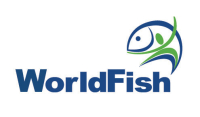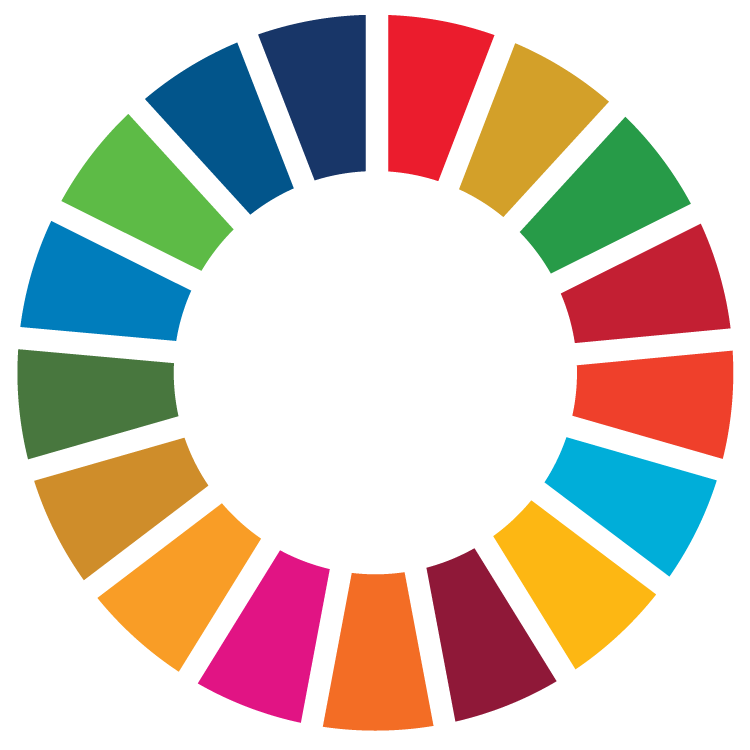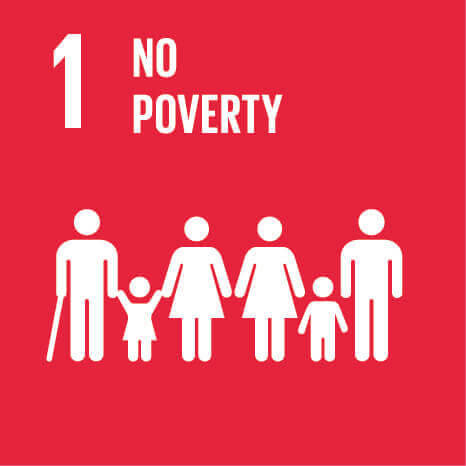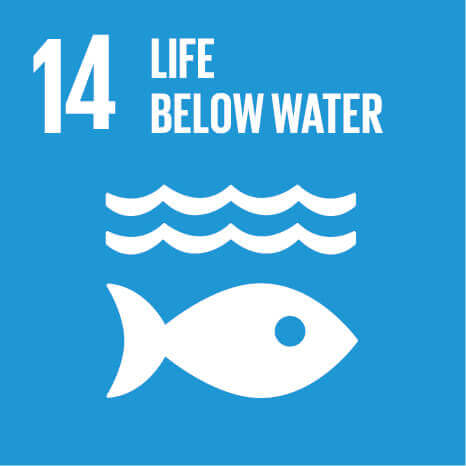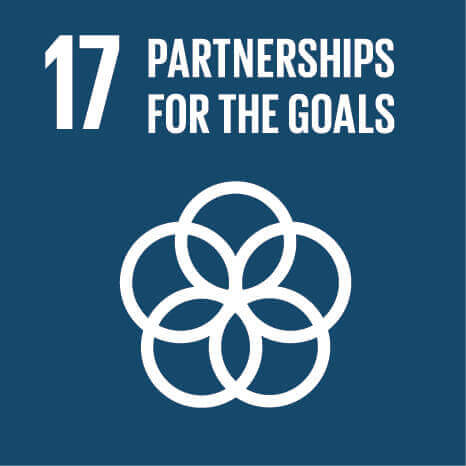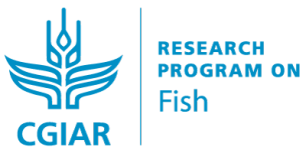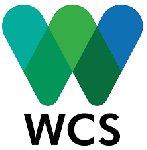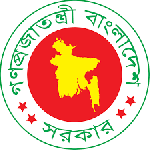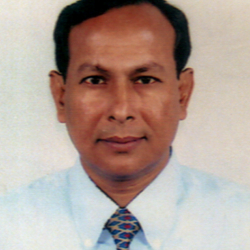Hilsa Production and Fishers’ Income Increased due to co-management strategies aimed to enhance the socio-economic resilience of fishing communities in Bangladesh
Published on: April 28, 2020, Submitted by A.B.M. Mahfuzul Haque on: April 1, 2020, Reporting year: 2019
The co-management interventions helped in producing 6% extra annual incremental production that comprised about 130,000 tons hilsa over last 3 years, with a worth about US$1,040 million. As a result of the increased hilsa production and improved hilsa size, the total household fishers’ income and income from fishing activities have been increased by 65% and 67%, respectively. 4,257 Hilsa fishing households have been fully engaged in sound and sustainable Alternative Income Generating (AIGAs) as strategy to improve co-management.
Status of fishing household’s income
The Enhanced Coastal Fisheries in Bangladesh (ECOFISH) project informed by the FISH Research program implemented adaptive co-management, incorporating strategies to diversify fishers' livelihoods. Science-based information relevant to support the adaptive comanagement were generated during the implementation of this activity. Indeed, adaptive co-management approach was first ever introduced through the ECOFISH-Bangladesh project to manage the large river ecosystems encompassing the six hilsa sanctuaries. In order to establish the co-management in river sanctuaries, three types of building blocks such as Hilsa Conservation Group (HCG), Hilsa Ghat Group (HGG) and Community Saving Groups (CSG) were established at the community level. The HCG in the village levels comprised of 70% men and 30% women, HGG in fish landing stations with all men (since there is often no or low number of women at fish landing stations). Then taking representatives from all of these groups together with other broader stakeholders in the village level, a Fisheries Management Committee (FMC) was formed to formulate, coordinate, and implement local fisheries management action plan. Taking representatives from all those groups and other stakeholders, co-management committees at different higher tiers like Union, Upazila and District levels were formed. A novel approach of Hilsa Conservation and Development Fund (HCDF) of US$0.5 million has been introduced to support resource conservation. The activity has established two model resilient fishing village for the livelihood transformation of the fishers through the EAFM lens. This approach may be scaled up through a bigger investment of the government and the development partners. In addition, 400 Community Fish Guards (CFGs) along the 400 km sanctuaries, were selected through participatory approach, and deployed to oversee the compliance and assist the law enforcing agencies and Department of Fisheries, especially during fishing ban periods.
The outcomes of the incentive based co-management interventions for the hilsa fishery management in Bangladesh, broadly support various sustainable development goals (SDGs) of the country in various ways. The most focus area is the SDG 14 for Bangladesh: Conserve and sustainably use the oceans, seas and marine resources for sustainable development. The outcomes also indirectly supported SDG 1 (end poverty in all its forms everywhere) as fishers’ households’ income increased by 52%, this will reduce poverty significantly. It also supported SDG 2 (end hunger, achieve food security and improved nutrition) as annual hilsa production increased by 11%, instead of previous 5%, this is contributing in improving nutrition & food security.
The annual catch of hilsa increased from 5% to 11% after 2015, resulting an annual hilsa production of 0.517 million tons in 2018. The co-management interventions helped in producing 6% extra annual incremental production that comprised about 130,000 tons hilsa over last 3 years up to 2019, with a worth about US$1,040 million (hilsa price @US$8/kg). As a result of the increased hilsa and catfish production and improved hilsa size, the total household fishers’ income and income from fishing activities have been increased by 65% and 67%, respectively during the 3-year period from 2016 to 2019. This extra benefit improved the livelihoods of fishers and traders in the hilsa value chain and improved the nutrition of the consumers throughout the country. The success of the hilsa management in Bangladesh attracted two other neighboring countries, India and Myanmar to adapt the incentive-based management in their own countries taking lessons from Bangladesh. The activities have already been introduced to protect fish stocks in the Ayeyarwady Delta, safeguard biodiversity and improve the livelihoods of local fishing communities.
As a synergistic impact of science-based adaptive co-management of hilsa fisheries in Bangladesh through the ECOFISH-Bangladesh project and other Government and non-government initiatives involving all stakeholders, the hilsa production increased remarkably and approached to MSY level. The fish size also increased remarkably indicating improvement of the fishery and as a result, fishers’ income and livelihoods also improved. For sustaining the improvement, precautionary measures to avoid over-harvest through continuous monitoring and maintenance of the resilience of the river and fishers through implementing EAFM, institutionalization and mainstreaming of the co-management and /or EAFM efforts focusing on the CSGs, CFGs and HCDF are highly recommended. The case of the hilsa fishery improvement in Bangladesh may be followed regionally and globally for the improvement of hilsa and similar small scale fisheries
Stage of Maturity and Sphere of influence
-
Stage of Maturity: Stage 3
-
Contributions in sphere of influence:
1.3.2 - Increased livelihood opportunities
1.4.4 - Increased conservation and use of genetic resources
Acknowledgement
This work was undertaken as part of the CGIAR Research Program on Fish Agri-Food Systems (FISH) led by WorldFish. The program is supported by contributors to the CGIAR Trust Fund. Funding support for this work was provided by the United States Agency for International Development - USAID under the Enhanced coastal fisheries in Bangladesh (ECOFISH) project.
